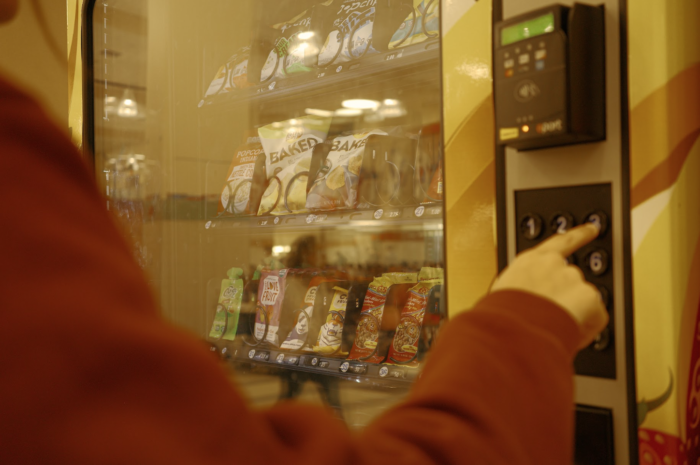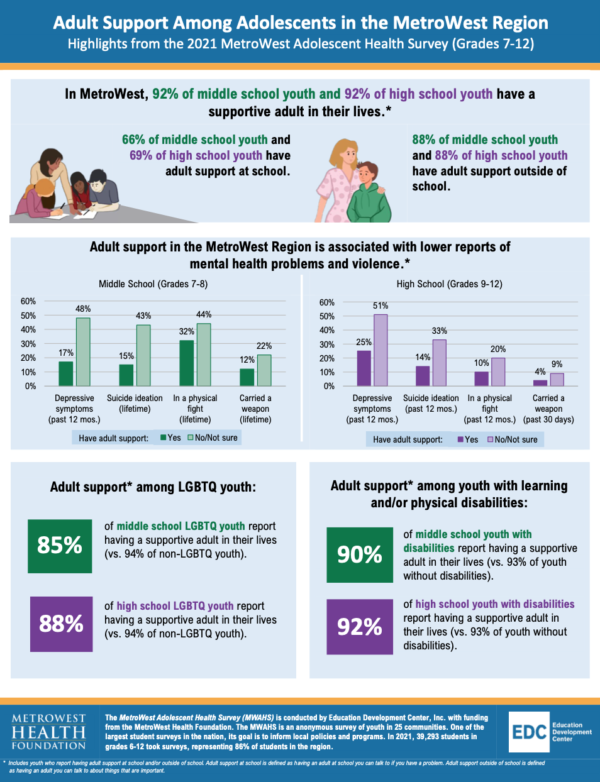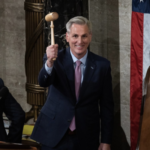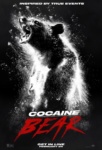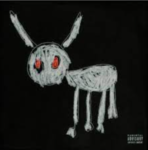News
Features
Opinions
Arts
-
Meet the WHS Improv Troupe!
Recently, the WHS Improv Troupe hosted their second show of the year, ‘Live, Laugh, Love: Live!’, inspired by Valentine’s Day. The WHS Improv Troupe is an audition-only club that focuses on honing in skills important to succeeding in improv: quick thinking, clarity, projection, and focus.
Once students have been accepted to the Improv Troupe, they are in for life, much like a sorority or fraternity. The actors perform multiple times a year; recently performances have fallen near holidays, including Christmas, Hanukkah, and Valentine’s Day. Each performance has a theme: ‘Ha-Ha Holidays’ focused on the Winter holiday season as each of the Improv Troupe’s members wore holiday get ups such as a Santa hat (pictured above), themed “ugly” sweaters, and headbands. ‘Improm’, inspired by prom, gave way to a host of prom themed games and fancy attire; dresses and button up shirts.
The art of improvisation requires its followers to perform a show on the spot without any idea of what is to come. Each person needs to nail their comedic timing and think on their feet in order to get a proper response from the audience. Without any communication, Troupe members enter the black box theater and begin a game that was previously introduced by one of Troupe’s three leaders: Kate Taplin ’24, Brady Welburn ’24, and Will Franklin ’24.
“Improv is a great way to put yourself out there and learn to make mistakes and fail,” Franklin said.
The Improv Troupe meets biweekly on Tuesdays and Fridays to practice their skills. While playing games such as Zip Zap Zop, they bond with each other to build rapport. Troupe cannot “prepare” for their show in the same way that performers for a play or a musical would, but Troupe has implemented a new way for each performer to be included by allowing them to choose a specific game to be a part of, giving them a bit of comfort before their show. However, Franklin says that this will eventually be phased out as the year goes on in order to bring more spontaneity, which members embrace.
“Improv has taught me both to be individually quicker on what I was to say but also how I work with other people to create something that is good overall, not just for me,” said Eva Meraw ’25.
As Franklin and Meraw suggest, many of the skills that improv teaches are applicable to real life scenarios, and those who regularly work on these skills reap the benefits. From mental agility to exhibiting confidence on and off of the stage, the Troupe works to nurture these skills. Games they play include Challenge which works on public speaking and presenting as well as Survivor which teaches adaptability.
“Improv has taught me that some of the most important skills you can learn from life come from learning to be spontaneous, being able to think on the spot, and working with those around you,” said Addie Sanft ’26.
New members of Troupe have acquired newfound skills and confidence.
“I think that improv has really helped me come out of my shell. I now find myself more creative and spontaneous than I was before,” said Jack White ’27.
Troupe hosts a wide range of students from the high school, all of which are excited to be able to perform for such a large audience.
Improv has created a community within the high school through the members’ values of spontaneity and love for a good show. This sense of community is what keeps members in the Troupe year after year.
“Improv is a safe space and I definitely encourage everyone to come to the gigs because I think anybody can enjoy it,” Franklin said.
Author
Sports
-
Is Little League in decline?
As a kid growing up in Wellesley, there was nothing I looked forward to more than getting to play Little League Baseball. The smell of big league chew, the sound of the aluminum bats hitting the ball— everything about it was perfect for a kid who loved sports. So, I was surprised to learn that Little League has declined in Wellesley over the past years.
In the past seven years, the number of teams in the division for sixth and seventh graders has been cut in half. They have opened teams up to kids of younger ages to try out for a position on the team. To explain this, some point to America’s declining interest in the sport altogether, some to the larger access to technology such as iPads or iPhones, and some to other sports such as lacrosse or soccer.
But it’s not just Wellesley or baseball. Youth participation in sports has been in decline across the board. In the past fifteen years youth participation fell to 37% in 2021, a steep drop from the 45% participation rate in 2008. Why the drop-off?
A leading cause in this decline is the cost of play. From gloves to pads to helmets, youth sports are expensive. According to The Aspen Project, the average family pays $883 annually for a child’s primary sport. This price tag inevitably alienates some from participating in youth sports organizations.
Another leading cause is the pressure that parents put on their children to excel in their sports. As many Wellesley athletes and parents can attest, there is no shortage of parents who eagerly want their kids to be the next super athlete. From tournaments every weekend to private lessons, it’s easy for parents to lose track of youth sports’ goal– to have fun. According to the Aspen Project, most kids quit their sport by the age of eleven, with the average participation rate being just below 3 years.
Yet hope for youth sports is still very much alive. After the pandemic, youth sports for those under the age of 8 have increased, and it seems that youth sports have been recovering.
I spoke with Bennett Fisher, a representative of the Wellesley Little League. Although he has seen a decrease in participation for those in sixth in seventh grade, participation by kids ages 6-9 is at a record high..
Youth sports have taken a turn, and the pandemic exacerbated the decrease, but that is not to say they will not rebound in the next few years. It is essential that parents safely encourage their kids to play sports as well as youth sports organizations realize the true cost of play. With increased sentiment to make youth sports safer and more affordable, youth sports will come back stronger than ever.















